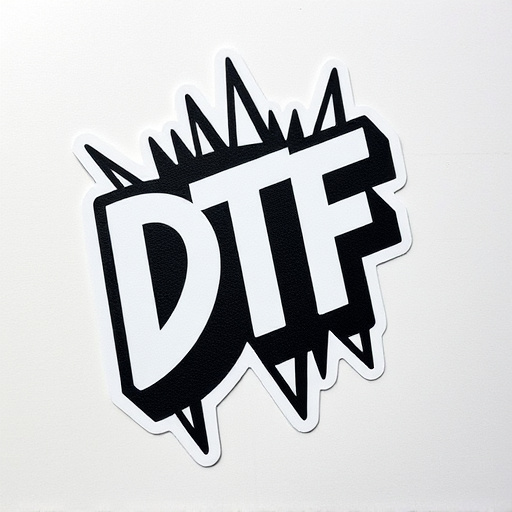In today's digital age, businesses aiming for global reach need scalable web design to adapt to diverse audiences and markets. Using Content Management Systems (CMS) with robust multilingual capabilities, along with strategic techniques like structured data markup and smart caching, ensures efficient content management and improved search rankings. Prioritizing user experience (UX) through consistent layout, clear language, and mobile-friendly design enhances accessibility and global visibility for multi-language websites.
In today’s globalized digital landscape, providing a seamless user experience across various languages is crucial. This article explores scalable web design that supports multi-language websites. We delve into understanding the unique needs of scalable web design, examining its technical foundations for effective language support. Additionally, we highlight best practices to ensure optimal user experience and accessibility, ensuring your website resonates with diverse audiences worldwide.
- Understanding Scalable Web Design Needs
- Technical Foundations for Multi-Language Support
- Best Practices for User Experience and Accessibility
Understanding Scalable Web Design Needs

In the era of global connectivity, scalable web design is no longer a luxury but a necessity for businesses aiming to reach diverse audiences. As websites become multilingual, the underlying structure must accommodate this growth while maintaining efficiency and performance. Scalable design involves creating flexible frameworks that can adapt to increasing content without compromising speed or user experience. This approach ensures that a website can effortlessly support additional languages, catering to both local and international visitors.
By prioritizing scalable web design, businesses can enhance their online presence, especially in the local market. It facilitates effective local citation services and boosts local search visibility, which are pivotal for engaging regional customers. A well-designed, scalable website encourages users to explore different language versions, fostering cultural connections and expanding the business’s reach.
Technical Foundations for Multi-Language Support

The technical foundations for supporting multi-language content in a scalable web design are crucial for reaching a global audience. It begins with utilizing Content Management Systems (CMS) that offer robust multilingual capabilities, enabling easy translation and management of content across various languages. A well-architected CMS ensures that each language version is stored and served efficiently, minimizing the impact on website performance. This involves implementing structured data markup, optimizing database indexing, and employing server-side rendering or static site generation techniques to deliver dynamic content in a fast and scalable manner.
For web design services that cater to diverse linguistic needs, consider a scalable architecture that can accommodate growing language libraries. This may include integrating translation APIs, leveraging localizability features within the CMS, and employing smart caching mechanisms to reduce server load. By focusing on these technical aspects, web design Arlington professionals can ensure their multi-language websites not only function seamlessly but also rank higher in local SEO Frisco efforts, making them accessible and visible to a broader, global user base.
Best Practices for User Experience and Accessibility

When creating a multi-language website with scalable web design, prioritizing user experience (UX) and accessibility is paramount. Implementing best practices ensures that all visitors, regardless of their linguistic preferences or device type, can navigate and interact seamlessly. One key aspect is maintaining a consistent, intuitive layout across languages. This includes using clear and simple language in call-to-actions, ensuring proper translation, and preserving the original visual hierarchy to avoid confusion.
Additionally, optimizing for mobile-friendly website design is crucial, given the diverse range of screen sizes and devices used globally. Responsive design techniques, such as flexible layouts and media queries, allow your site to adapt gracefully, providing a consistent UX from desktops to smartphones. Incorporating these strategies not only enhances usability but also contributes to better SEO services near you or in Dallas by addressing both user expectations and search engine criteria, making your multi-language website more visible and accessible to a global audience.
Scalable web design is no longer a luxury, but a necessity for businesses aiming to reach global audiences. By implementing robust technical foundations and adhering to best practices for user experience and accessibility, websites can seamlessly support multiple languages while maintaining performance and usability. Embrace these strategies to ensure your online presence resonates with users worldwide, fostering inclusive engagement and driving growth in diverse markets.














